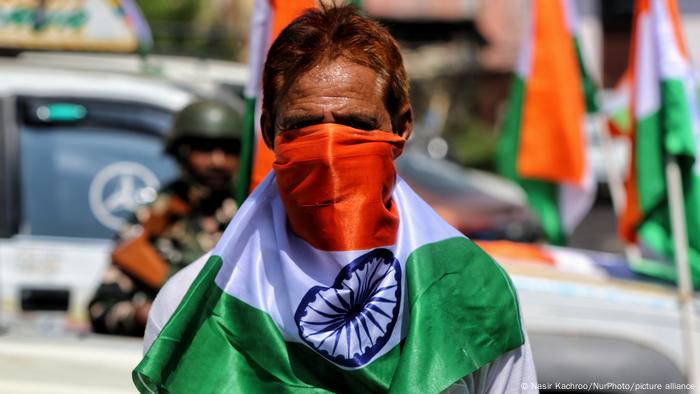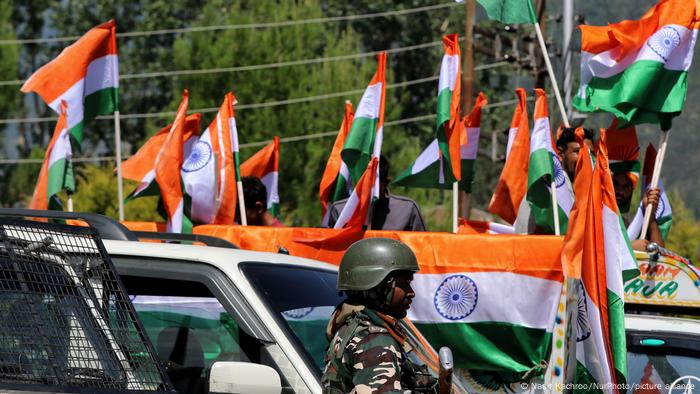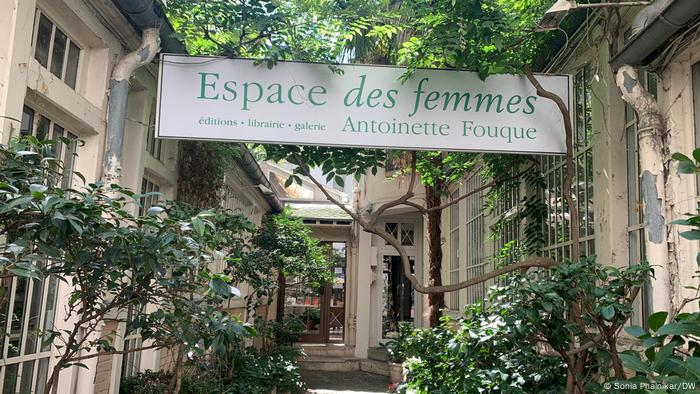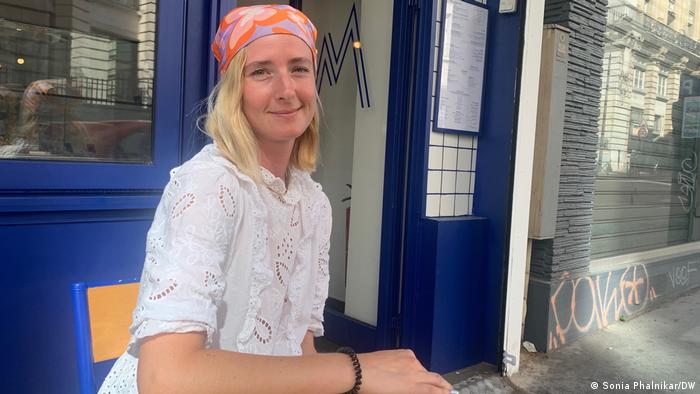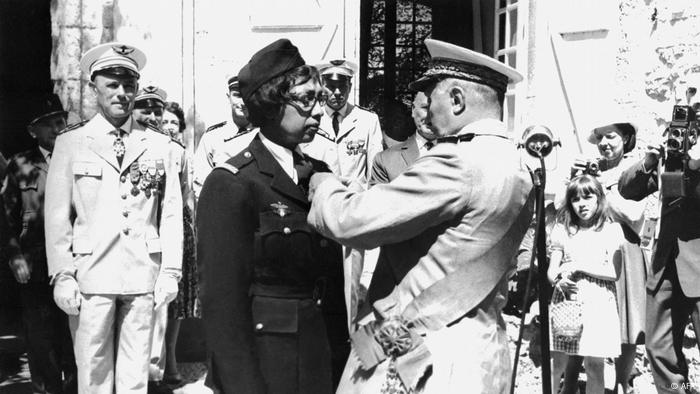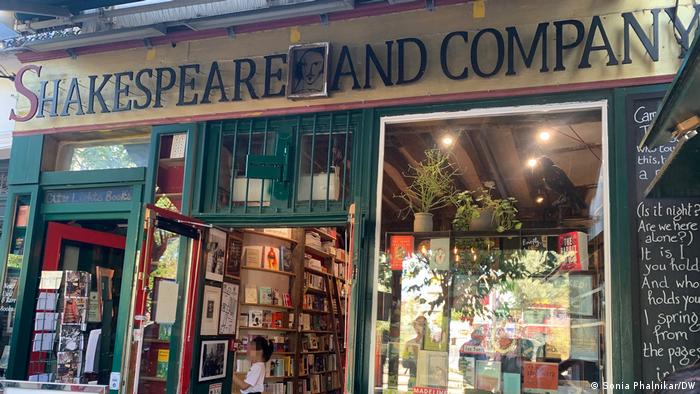TV host opens up about 'etalk' termination, talks 'solidarity' with 'mistreated' women
Following Lisa LaFlamme' sudden departure from "CTV News" earlier this week, another past employee is speaking out about alleged mistreatment and gender discrimination.
On Saturday morning, past "etalk" co-host Danielle Graham tweeted a timeline of her experience being terminated from Bell Media.
"I haven't yet spoken publicly about my dismissal from Bell Media. But in light of recent news, there have been a lot of questions surrounding my departure," Graham wrote in a slide posted on her Twitter account before 9:30 a.m. on Aug. 20.
Graham continued to detail her experience at work in the first two weeks of March, before she was eventually let go by the media company.
"March 1: I brought to management's attention a situation where it was clear I was being discriminated against as a woman. I was ignored and laughed at," she began. "March 4: I forwarded this example of the blatant gender discrimination I was facing to HR. March 7: HR told me to file a formal complaint and that an investigation would commence. March 8: A meeting to discuss these issues was set for March 11."
However, things quickly took a turn for the worse, according to Graham.
"Instead, on March 11, I was re-scheduled to be in the office for a 'shoot,'" she wrote. "As I was getting ready in my office, I was suddenly told by management, 'Your services are no longer required.' I was told it was a 'business decision.'"
In a second slide, Graham went on to explain more of her experience with being let go so suddenly.
"I was not allowed to say goodbye on-air or to contribute to the messaging surrounding my departure, despite several requests from my representative to do so," she penned. "I was given three months severance for my 17 months there.
"I'm proud to stand in solidarity and fight alongside all women who have been mistreated, discriminated against and who have been retaliated against for speaking up."
Several people on social media expressed their support for Graham, with some calling out Bell Media for how it treats its employees.
Before announcing her departure from Bell Media earlier in March in another tweet, Graham had spent 17 years with the Canadian media giant.
On Aug. 15, long-time "CTV News" lead anchor Lisa LaFlamme voiced her own experience with Bell Media when she was informed on June 29 that her contract would be ending. After spending 35 years working for the company, LaFlamme explained how she felt "blindsided" in a video posted to her Twitter account.
That same day, Bell Media issued a statement explaining its decision to replace LaFlamme with 39-year-old Vancouver-born journalist, Omar Sachedina.
Amid the controversy, Brent Jolly, president of the Canadian Association of Journalists told the Toronto Star that it was “a stolen moment” in which both a decorated woman and an accomplished man of colour have been robbed of significant benchmarks in their careers.
On Friday, Bell Media followed up with its decision in another statement on Twitter. Signed by the company's president, Wade Oosterman, and vice president, Karine Moses, the letter explains that "CTV regrets" how it communicated the news of LaFlamme's departure.
'Someone should be held accountable': LaFlamme's exit from CTV sparks internal investigation, petition for her return
The trajectory of CTV's former lead anchor, Lisa LaFlamme's dismissal from the network has led to loud feedback from viewers and now an internal investigation into how it was all handled.
Earlier this week, the veteran journalist took to her social media to inform her followers that her contract with CTV was not renewed, despite having two years left. She described being “blindsided” by the decision, which was described by the network as a “business decision” sparked by “changing viewer habits”.
Many on social media were outraged by the move, describing it as sexist and ageist. There are reports of conversation around LaFlamme’s decision to go gray, with some wondering if that was part of her exit from the network. A petition on Change.org has since been launched to reinstate LaFlamme back to her former job.
Bell Media, the parent company of the network, has since put out a statement saying they regret the way the situation was handled and they take the accusations around it very seriously. They added that an independent, third-party internal workplace review will be taking place in the near future.
Anil Verma is a professor emeritus of industrial relations and HR management with the University of Toronto. He says Bell Media appears to be in damage control at the moment because they know they’ve done damage to themselves.
“I don’t think it went well for them, in fact it went badly,” he tells Yahoo Canada News.
He’s unsure whether CTV was within their legal right to not renew LaFlamme’s contract if she wasn’t needed, saying it could be a matter of personalities clashing. However, a number of people were likely involved with the final decision and still managed to handle it poorly.
“You can’t argue that she wasn’t doing her job properly, that wouldn't stand in front of an arbitrator,” he says. “She could justly sue CTV and win a big settlement because she has lots of evidence to show that performance on the job wasn’t an issue and she was fired for reasons unrelated to her ability to do the job.”
When it comes to proving the allegations of ageism and sexism, Verma says that would be more of a challenge to prove, as you’d have to demonstrate there was a systemic issue of demoting women at the network.
Still, he points out that not only have CTV lost their lead anchor on the network, they’ve invited a tsunami of bad publicity.
“Someone should be held accountable for that,” he says. “If you’d done it right, you wouldn’t have to do an internal investigation.”








